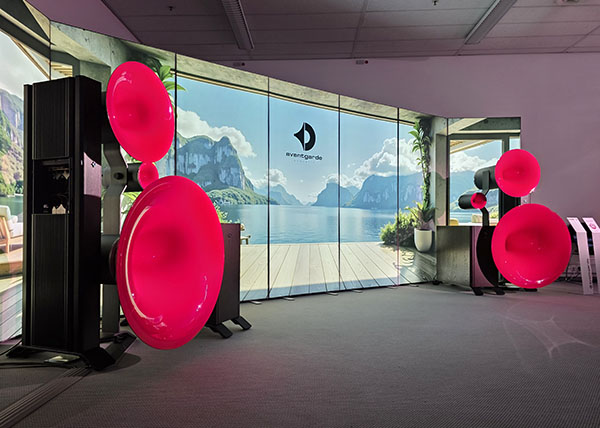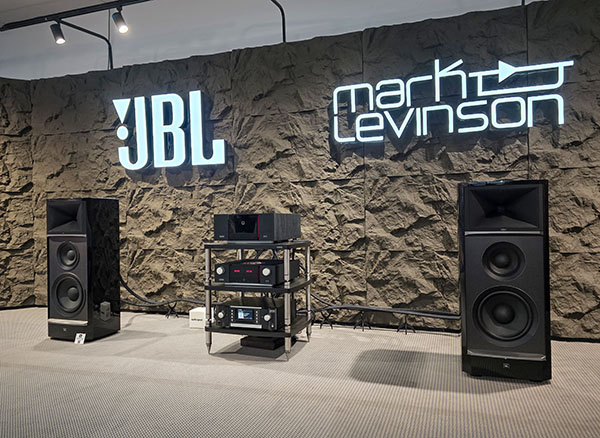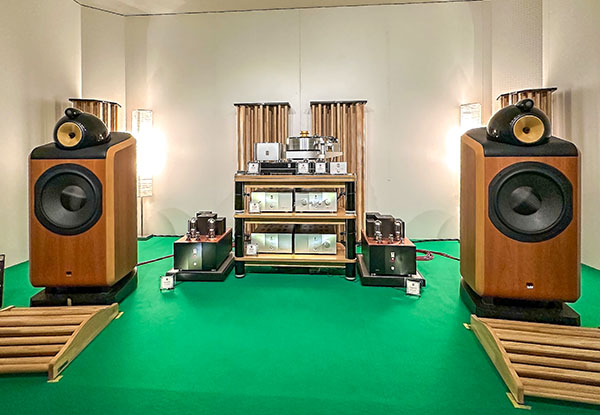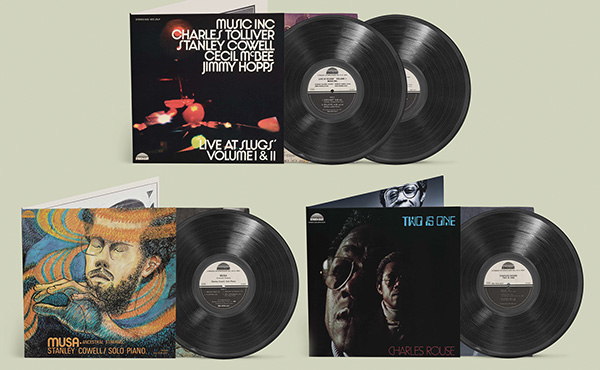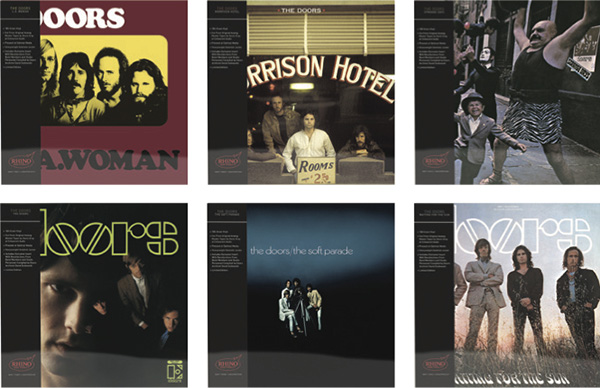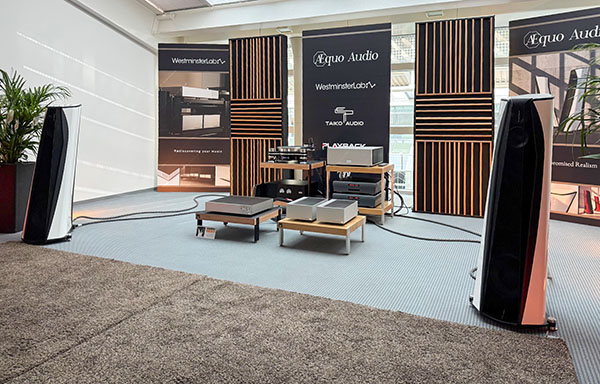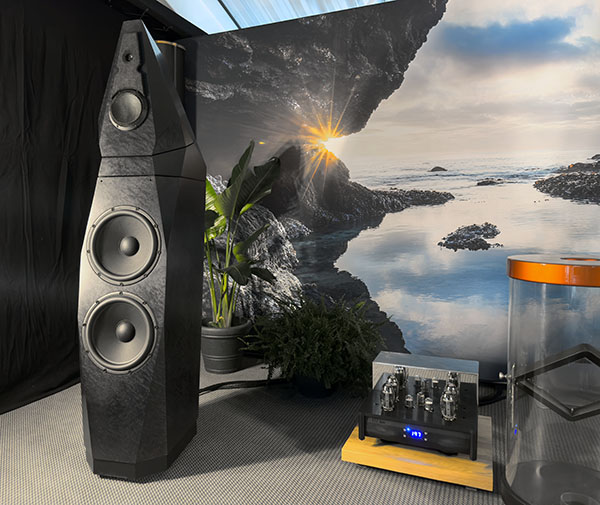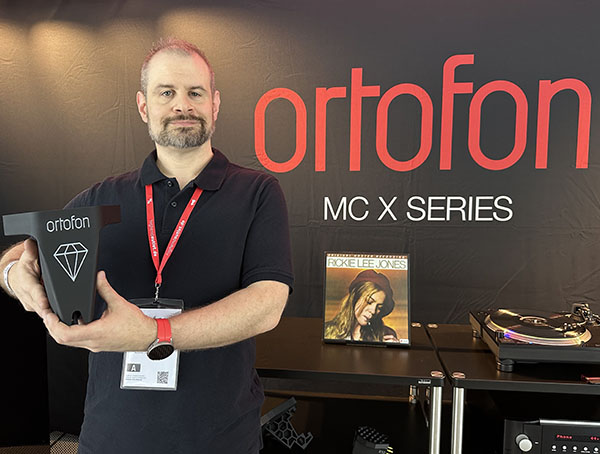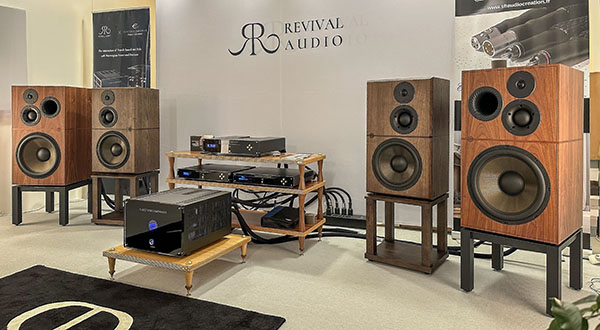LATEST ADDITIONS
With New Reference Speakers, JBL Scales a Sonic Summit
Glory and Hallelujah: My Time at Kondo Audio Note
Tonar — A Cartload of Cleaning, Clamping, and Candy
Charles Tolliver and Strata-East
During a break in the hectic schedule that preceded the April 2025 release of 32 reissues from the famed Strata-East catalog—including the work of Charlie Rouse, Pharoah Sanders, and Cecil McBee—I caught up with Tolliver and his son Ched, who's now in charge of the label's rebirth.
Revinylization #65: Six Doors Albums on All-Analog LPs from Rhino
The latest moonlight drive down love street is a series of all-analog LPs from Rhino High Fidelity (RHF). A limited-edition numbered box set version sold out in days; un-numbered single LPs will sell until the production parts wear out. Cut by Kevin Gray at Cohearant Mastering using his Studer A-80 tape machine and Neumann VMS-66 lathe with Technics quartz-drive motor, they were plated and pressed at Optimal in Germany and are housed in the heavy-cardboard gatefold jackets used throughout the RHF series.

